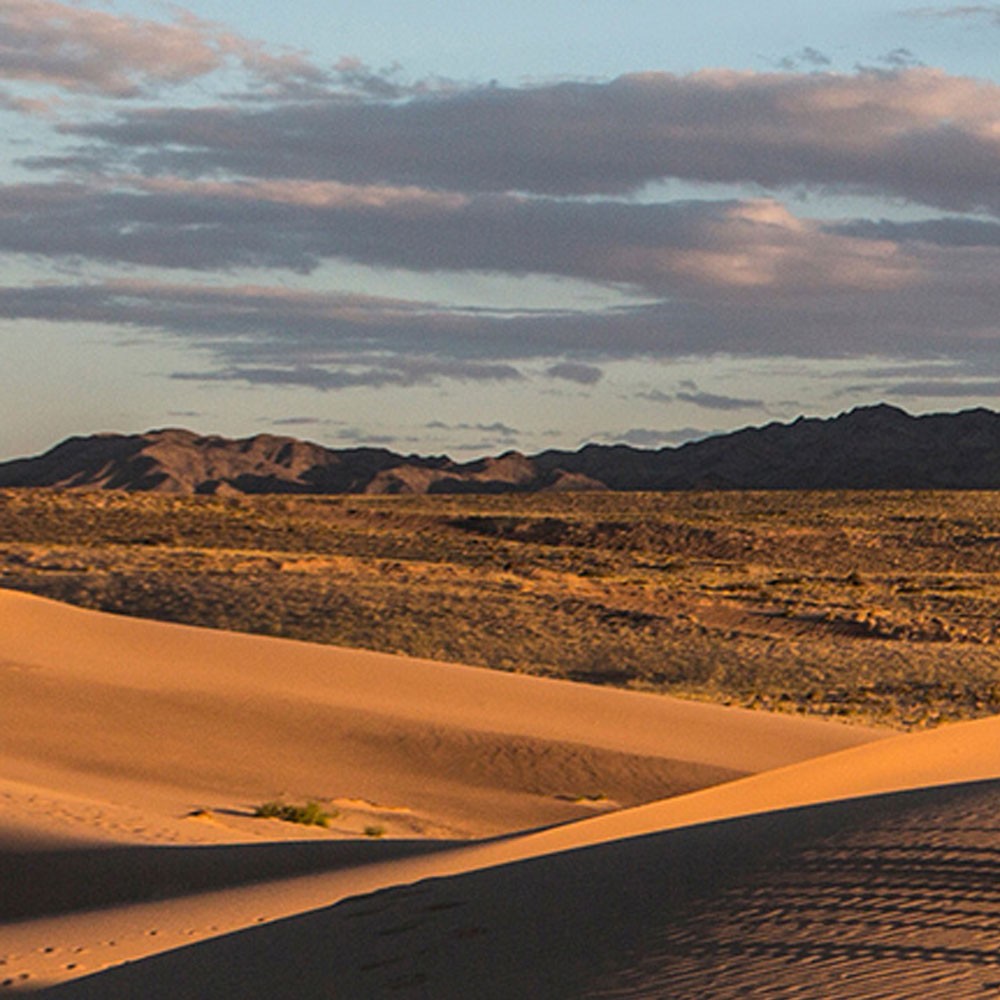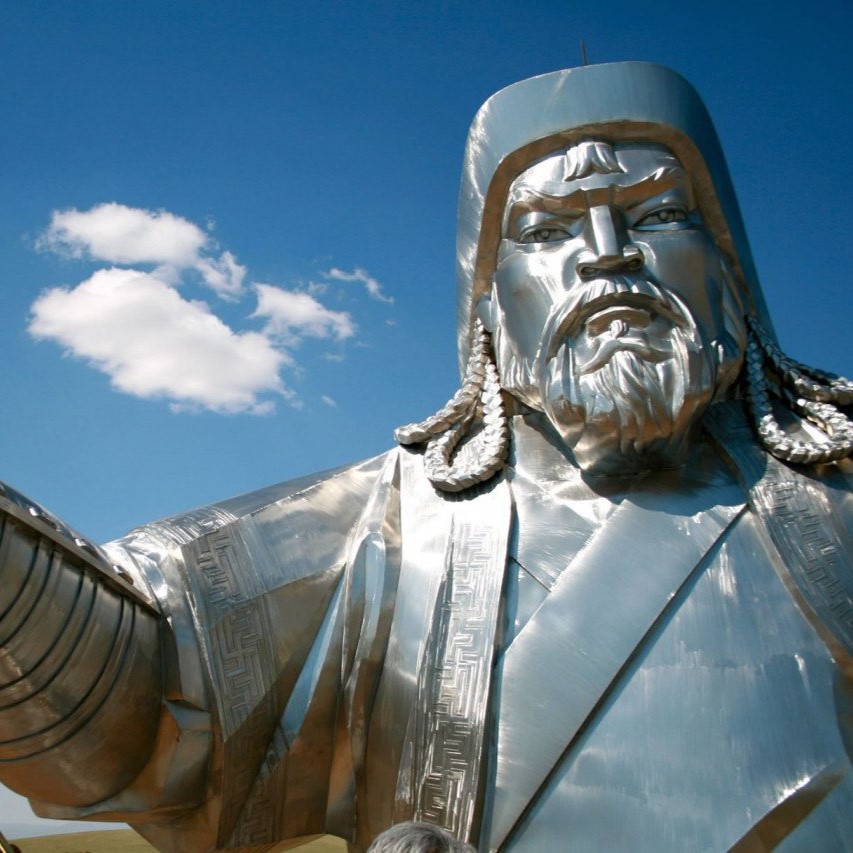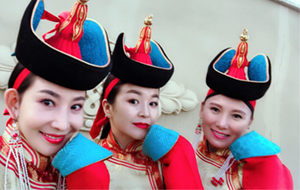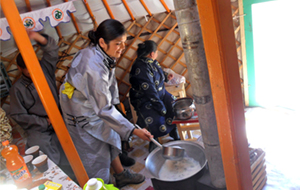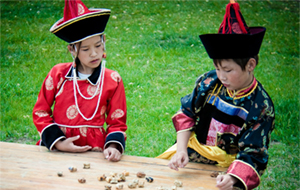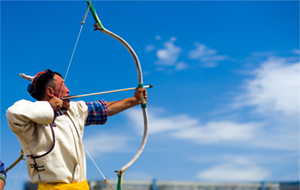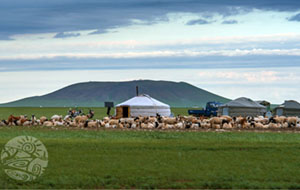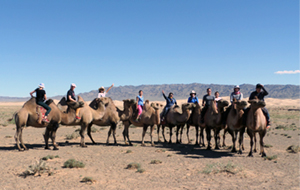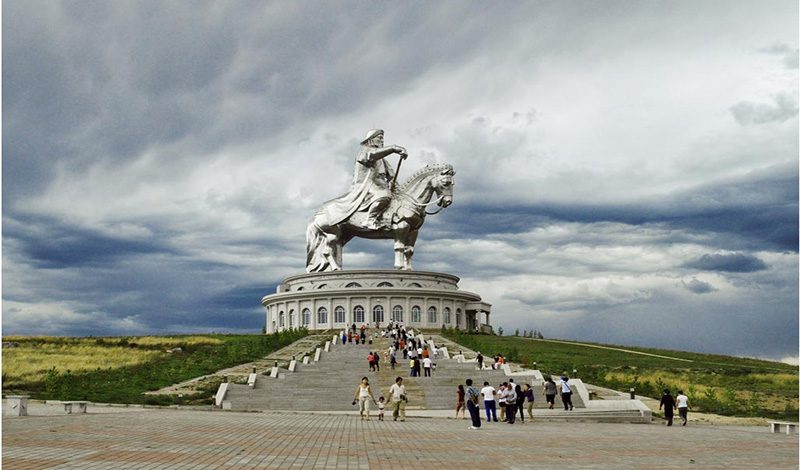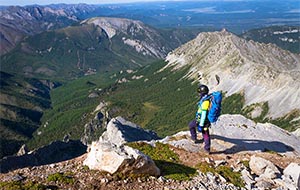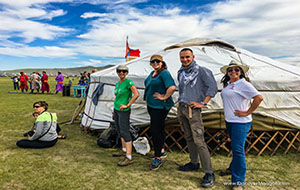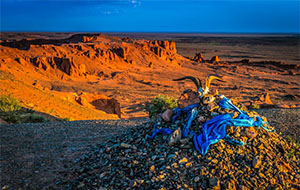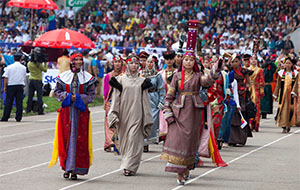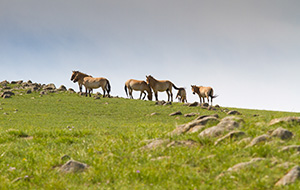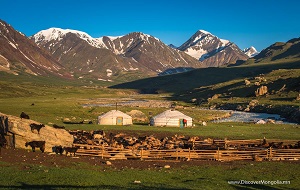In the vast and intricate world of Game of Thrones, George R.R. Martin drew inspiration from various historical and cultural sources to create the diverse and immersive tapestry that is Westeros. One of the most intriguing parallels lies in the nomadic horse lords of Essos – the fearsome Dothraki – and their real-world counterparts, the legendary warriors of the Mongolian steppes. Join us as we unravel the fascinating connections between the Dothraki and the Mongols, exploring the historical threads woven into the epic fantasy of Game of Thrones.
The Nomadic Lifestyle:
Both the Dothraki and the Mongols share a nomadic lifestyle, traversing vast expanses of open terrain with their horse-mounted clans. The sweeping grasslands of the Dothraki Sea echo the endless steppes that stretched across Central Asia, providing the perfect backdrop for these formidable equestrian societies.
Horse Mastery:
The bond between rider and horse is a central theme in both cultures. The Dothraki are renowned for their unparalleled horsemanship, much like the Mongols, who considered their horses not just as means of transportation but as integral companions in their nomadic lifestyle. In Game of Thrones, we witness the Dothraki's prowess in battle, mirroring the historical accounts of Mongol cavalry dominating the battlefield.
Warrior Codes:
The warrior codes of the Dothraki and the Mongols share striking similarities. Both cultures value strength, courage, and martial prowess. The concept of leadership through merit and skill is evident in the way both Khalasars and Mongol hordes select their leaders based on combat prowess. The fierce independence of these warrior societies is a testament to their shared ethos.
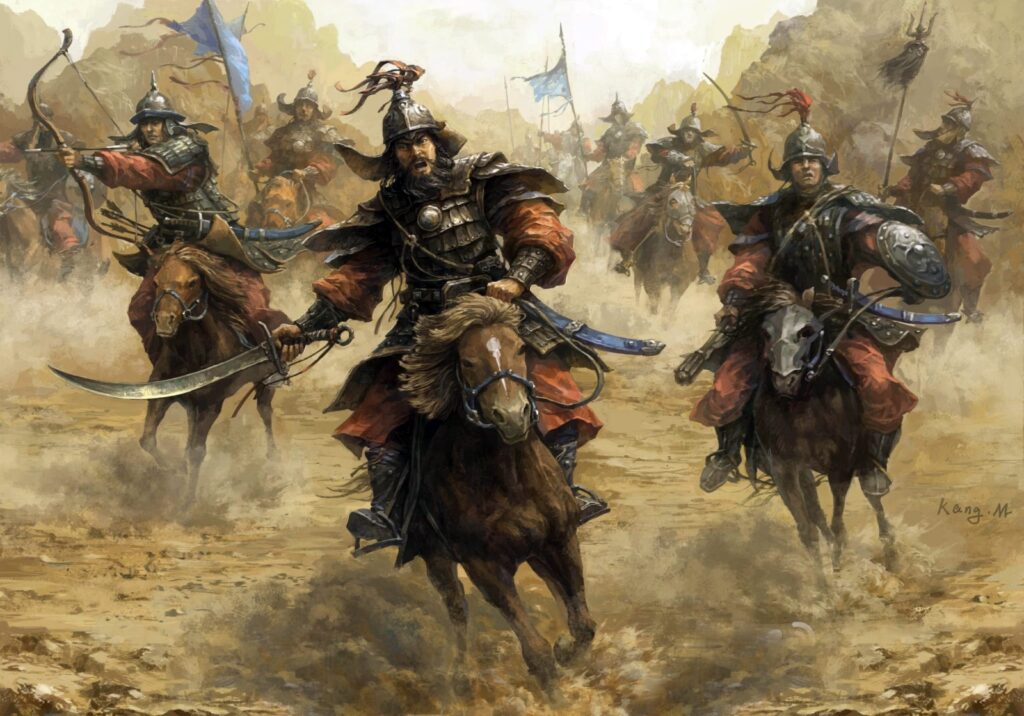
Khals and Khans:
The titles of "Khal" and "Khan" are more than linguistic coincidences. Both terms denote leaders of nomadic warrior societies, and their authority is derived from a combination of personal strength, charisma, and military success. Khal Drogo's rise to power and Genghis Khan's conquests draw intriguing parallels, showcasing the dynamic and often brutal nature of leadership in these societies.
The Great Grass Sea and the Mongolian Empire:
As we explore the vast expanse of the Dothraki Sea in Game of Thrones, it's hard not to draw connections to the historical Mongolian Empire, which at its zenith was the largest contiguous land empire in history. The strategic brilliance of the Mongols, as well as their ability to control and unite diverse nomadic tribes, finds echoes in the sweeping conquests of the Dothraki under their Khals.
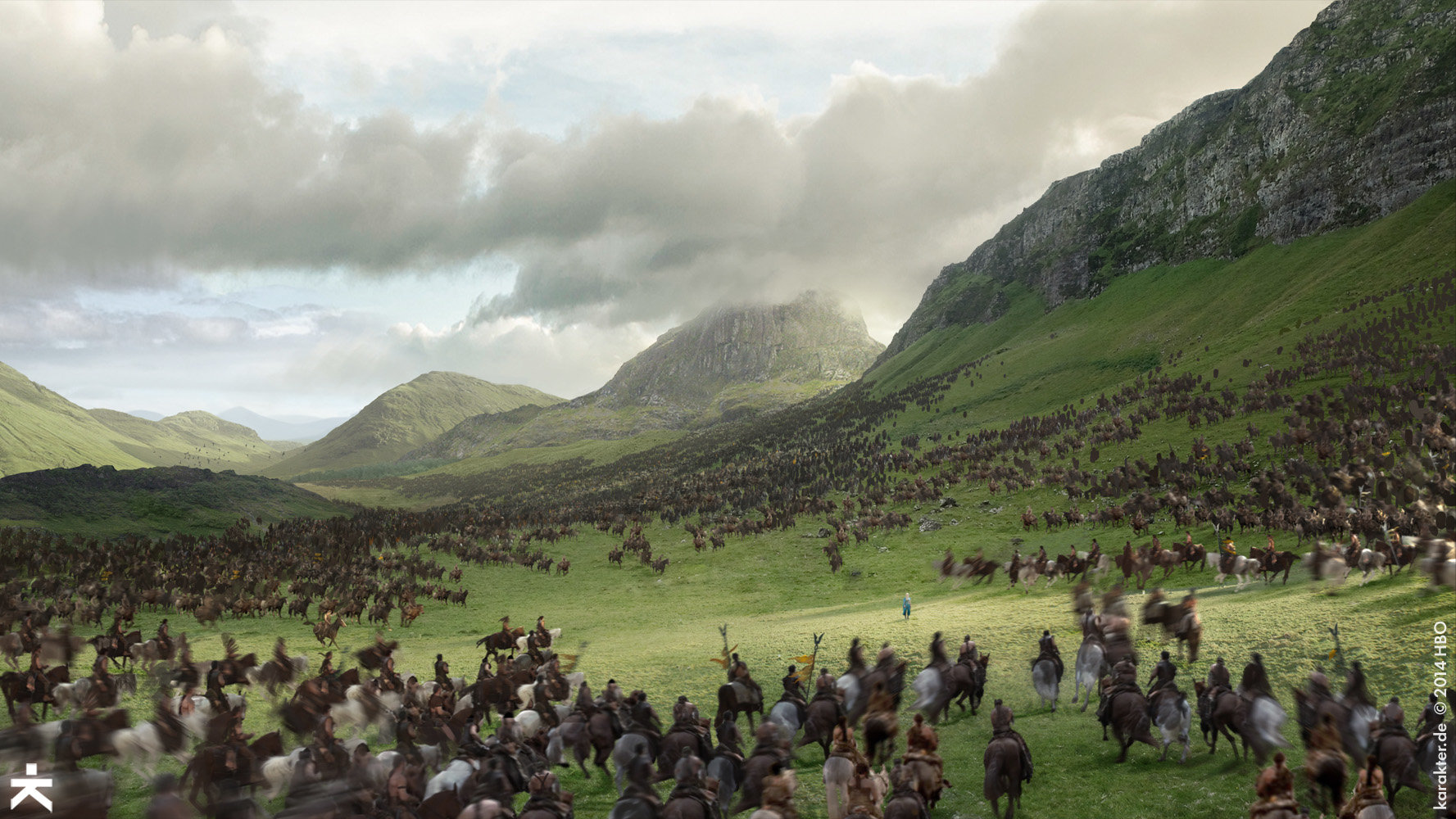
Conclusion:
Game of Thrones, with its intricate world-building, draws inspiration from a myriad of historical and cultural sources. The parallels between the Dothraki and the Mongols provide a captivating lens through which we can appreciate the depth of George R.R. Martin's storytelling. As we journey across the vast grasslands of Essos, we can't help but marvel at the echoes of the steppes and the indomitable spirit of nomadic warriors that transcends both fiction and history.
 Chat with Us on WhatsApp
Chat with Us on WhatsApp















